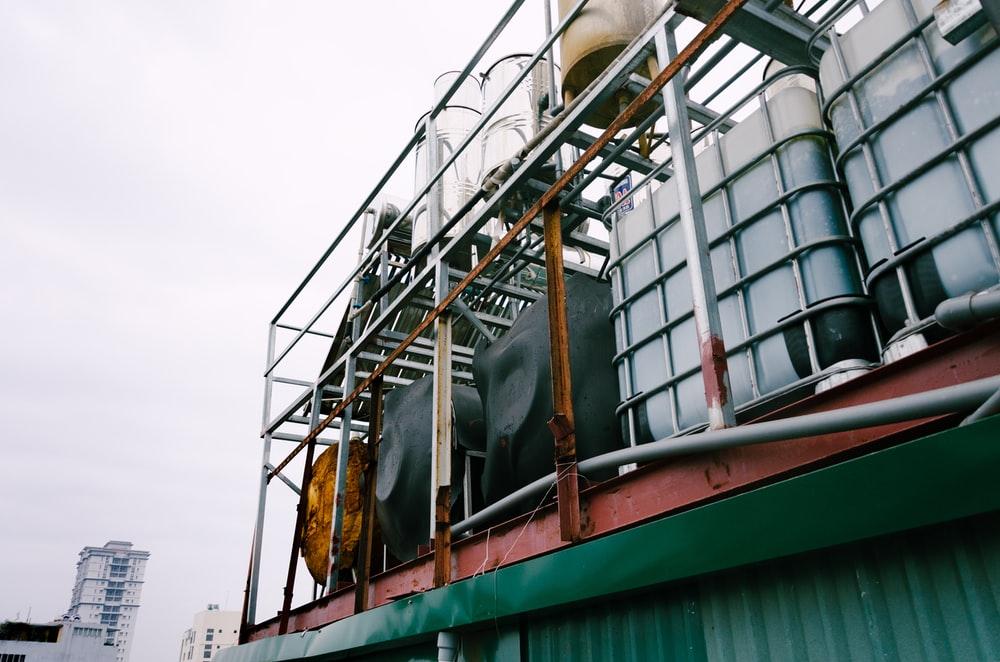Cleaning and maintaining storage tanks on a regular basis are critical to maintaining a clean and safe working environment. It also plays a vital role in protecting the integrity of the contents stored inside. Once the filters begin to clog inside the tanks repeatedly, no additive or treatment applied to the tank will make them go away.
The only way out is to clean the tank manually. Each and every tank is different. The resources and capabilities of each differ as well. Correct tank maintenance and cleaning up will help you avoid internal moisture build-up, sludge and microbial contamination as well. But doing this process carries a lot of challenges. So, let us look into few of them now.
Fire and explosion
This is one of the biggest challenges and safety concerns faced when cleaning tanks. Two of the three factors required for a fire or explosion are present when a tank contains petroleum or a flammable liquid, as well as air, which will be present during the cleaning process.
The third element is a source of ignition which can come in many forms. Few of them could be static electricity, electrical equipment, hot surfaces and exothermic reactions. And fuel and air are unavoidable components. So, the only way to avoid an explosion when fuel tank cleaning is to completely remove the risk of ignition.
Chemical hazards
As we all know Inside tanks, there are a lot of dangerous substances and will be interacted with during the cleaning process. It is dangerous when they come into contact with skin and when they are inhaled. Side effects of it can happen instantly or over time and also could be short- or long-term dependent on the nature of the chemical.
Physical hazards
Before the cleaning process is undergone, a proper supervision should be taken place about the risks revolving around it. Because issues with objects dropping, tripping, slippery surface and head injuries might occur. So, you should be very aware from the start of the process to the end of it.
Oxygen deficiency
The oxygen deficiency needs to be tested and a breathing equipment should be worn before entering. Because oxygen levels can drop well below the recommended concentration level of 20%. So, in a high-risk tank, the oxygen level needs to be monitored throughout the cleaning process.
Emissions
Depending on the toxicity of the chemical inside, emissions to both air and water can be hazardous. Gases and combustible liquids have been released into the air and any emissions to water or the ground has a big probability of being a significant environmental concern. The regulations must be closely followed in these kinds of situations.
Allergies and infections
When water or sludge is present in the bottom of the tanks, microbiological effects like allergic reactions and infections may occur. There is a big probability for these to occur from contact inside the tank and inhalation as well.
So, keeping all these in mind, it is way better to follow safety precautions throughout the cleaning process.


